The modern guide to Botox and fillers for women over 40
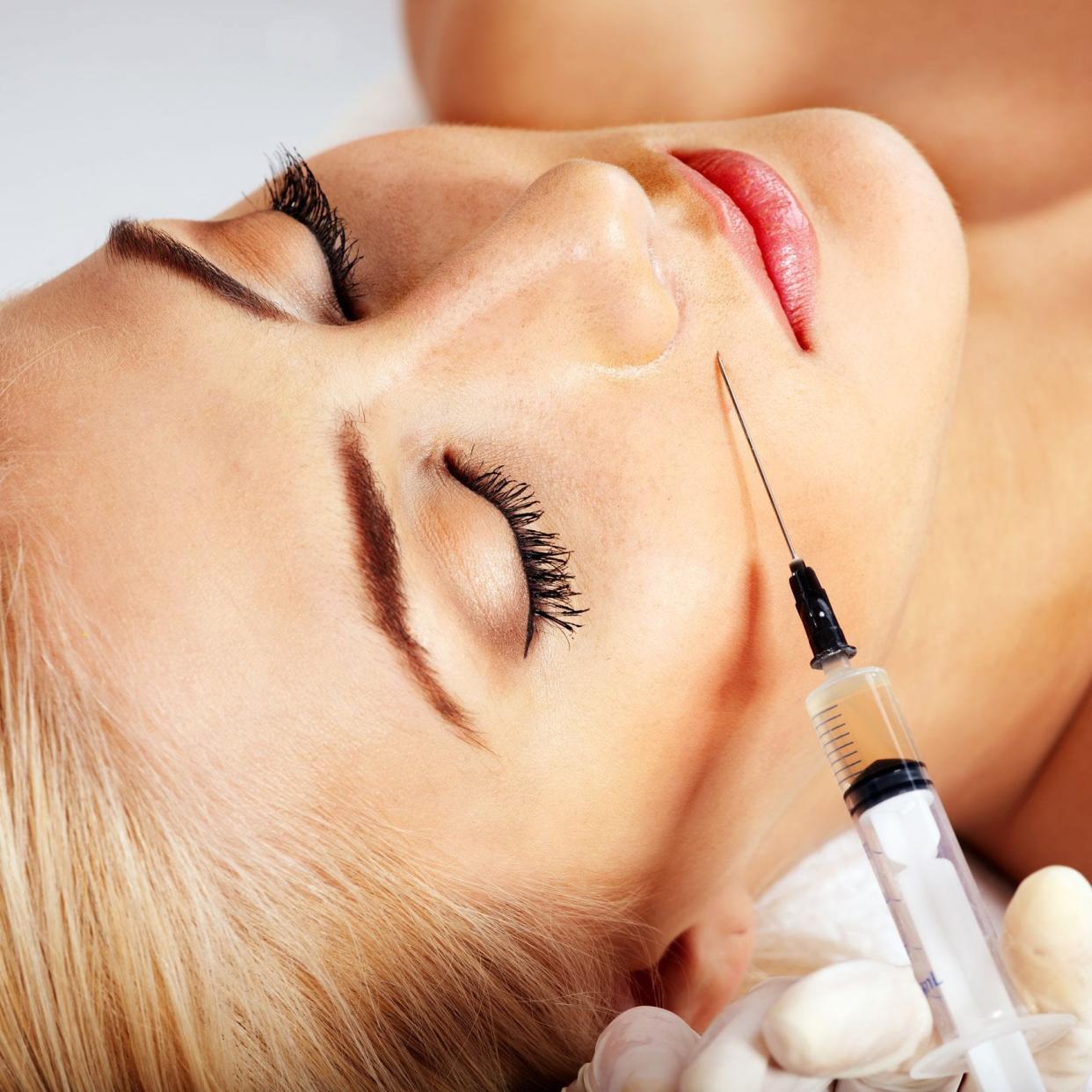
Blame Trump, Weinstein or millennials but the current mood in beauty is one of self-acceptance – as evidenced by the drastic downturn in neck- and facelifts, which dropped by 44 per cent last year according to the British Association of Aesthetic Plastic Surgeons.
In fact, anti-ageing is now a dirty word. In this utopia, there would be no use for fillers. But that isn’t the point here. The smart-ageing movement, like the women’s movement, is all about choice. If your wrinkles are draining your confidence, you can inject them. No judgement.
If you wear each line with pride, even better. It’s clear that despite the general denouncement of the frozen look, injectables (Botox, fillers and the like) are by no means on their way out, they’ve merely become less detectable. If in the right hands, of course.
Go upside down
Five years ago, the general way to inject Botox and fillers was to use a concentrated amount in one or two areas of the face. While this dissipated lines, it came with a couple of side-effects: a lack of expression and an unnatural Barbie-doll aesthetic. Today, the experts have honed the art of achieving a subtle look by injecting a combination of solutions in a more functional, strategic way.
‘Filling or relaxing lines isn’t the whole picture, it’s about taking a global look at the structure of the face and how one area affects another,’ says Dr Tapan Patel, medical director at London’s PHI Clinic. ‘We don’t age in one concentrated spot, so injecting less solution to more areas of the face creates a better balance.’
One of the biggest shifts in the last two years is the new upside-down approach. Botox was traditionally used on the forehead to freeze the muscles that cause frown lines and crow’s feet. Filler, generally a hyaluronic acid solution, was reserved for the lower face to fill folds like nose-to-mouth lines. Today, though, filler is increasingly used to lift and plump hollowness in the temples, under eyes and cheekbones, while Botox is often injected into the jaw, neck and chin to reduce jowls and drooping necks. If you’re thinking: up, down, left, right, what difference does it make? Quite a bit, actually.
Take the pillars of the face: nose, cheeks, temples, chin and jawline. Look at your younger self and you’ll see these appear fresh and perky. Yet, as we age, our facial muscles and connecting tissue gradually start to sag in a cascading effect starting from the top. Sunken temples lead to sunken cheeks which creates nose-to-mouth folds, a deeper chin crease, drooping jowls and, ultimately, slackness in the neck.
The new 3D approach maintains a youthful structure without wiping out all traces of ageing
Filling in the nose-to-mouth lines, without supporting the structure that’s causing the lines to emerge in the first place, is a bit like papering over cracks in a wall – eventually the façade will start to crumble. ‘Creating facial symmetry is like building a house. You need a solid foundation before you can start decorating,’ explains Dr Patel. ‘This new 3D approach is about maintaining an authentic youthful structure, without wiping out all traces of ageing, so you emerge a fresher, better version of yourself,’ he adds. Dr Patel is leading the emerging trend for optical facial transformations such as filler nose jobs, but warns this type of procedure should be left in the hands of someone highly skilled, so as not to damage the delicate blood vessels.
‘Filler nose jobs are a game-changer. A tiny amount of filler in very specific areas can improve asymmetry, straighten humps and reduce the size and improve the look of one’s nose. But in the wrong hands, there can be complications,’ he says.
The new power lifters
Perhaps the most critical development in the application of facial fillers is their role in lifting the face. More natural-looking than a surgical facelift, which stretches the skin taut, filler in the outer upper face helps to achieve the kind of subtle lift you’d achieve by pulling your hair into a high ponytail. ‘Fillers have become much more important in lifting the face, as injecting lost volume in the temples and outer cheek area stops the lower face from dropping,’ says Dr Nick Lowe from the Cranley Clinic in London.
While Botox is still successfully used to relax deep frown lines, it, too, has gentle lifting powers when injected into the lower face. ‘By injecting a strategic amount of Botox into the jawline and neck, it prevents the muscles in this area from pulling downwards,’ says Dr Michael Prager, one of the first to champion lower-facial Botox. ‘Not only does this create a more contoured, less saggy jawline, it also prevents a downward-turned smile, which can give you a happier-looking demeanour.’ Botox in the chin area can also reverse a ‘pebbly chin’ look, a common consequence of tensing through stress, says Dr Lowe.
Barely-there solutions
While the formula of Botox has remained largely unchanged, dermal filler has moved on. Much of the reason you don’t see a puffy pillow cheek on the red carpet these days is not because actors have shunned fillers, but because modern formulations are lighter, thinner and better assimilated, making them, for the most part, untraceable.
‘The first fillers were thick and less able to absorb into the skin tissue so would sit close to the surface. Today’s solutions are thinner and seamlessly absorbed, making the results far subtler,’ says Dr Prager.
Dr Harold Lancer, who is credited with having one of the lightest touches in Hollywood, is heralding a new technique that mixes patients’ own plasma with dermal filler. ‘I combine PRP [platelet-rich plasma] with filler in one syringe, using an ultra-fine cannula, as the natural proteins in the plasma help the filler to integrate into the skin tissue for the most natural results,’ he says.
Fillers get smart
Dr Jules Nabet, a Parisian cosmetic doctor based in London, is working with a flexible new facial filler called Teosyal, which has been designed to stretch in synergy with the dynamic movements of the facial muscles, making it a suitable alternative to Botox for crow’s feet and forehead lines.
For a light skin rejuvenation, Dr Prager suggests Profhilo, a collagen-stimulating injectable with a higher concentration of hyaluronic acid. It has an innovative ability to naturally fill wrinkles by stimulating the skin’s own healing processes, and is considered to be a credible option for tightening skin and smoothing crêpey necks and hands.
‘Profhilo is also a new, subtle way of smoothing the fine “barcode” lines around the mouth,’ explains Dr Prager.
6 products that mimic Botox and filler
It’s Skin Power 10 Formula Q10 Effector, £12 (thisisbeautymart.com)
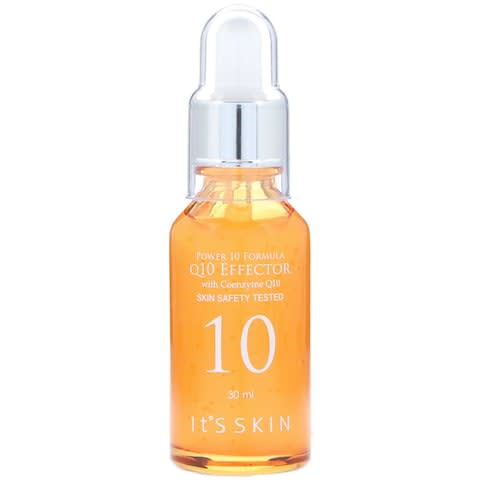
Unfussy collagen and elastin booster rich in coenzyme Q10, for firmer, springier skin. Suitable for sensitive skin types.
Biotulin Supreme Skin Gel, £45 (biotulin.com)
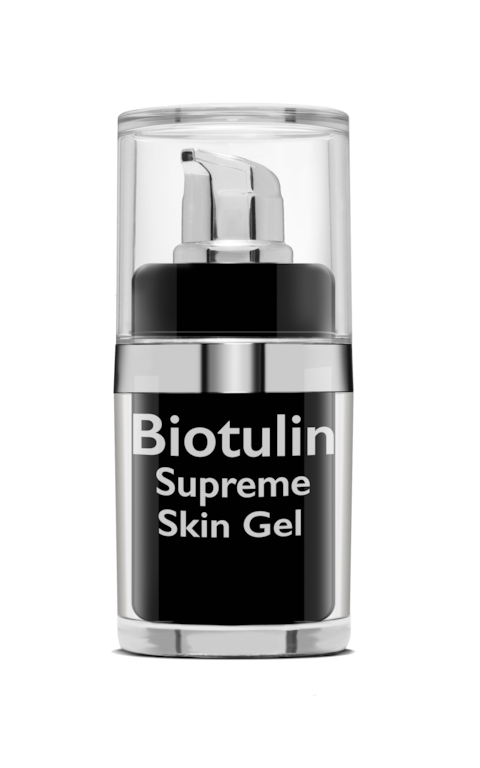
Meghan Markle and Kate Middleton swear by the frown-line reducing effects of this gel, which uses a plant extract to relax wrinkles.
Dr Dennis Gross Hyaluronic Marine Oil-Free Moisture Cushion, £55 (cultbeauty.com)
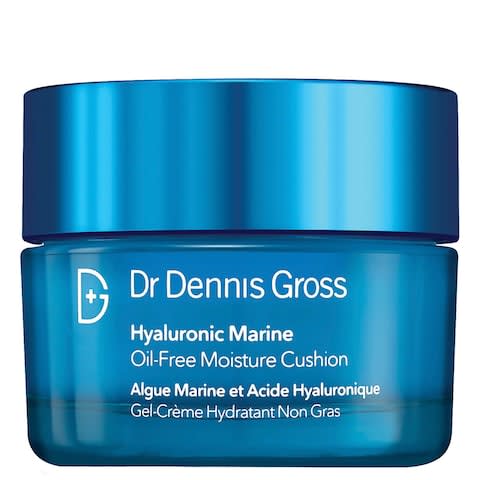
Time-released hyaluronic acid for a constant top-up of moisture, plus glycolic acid to boost cell turnover. Expect a rich, cushiony look.
Kate Somerville DermalQuench Liquid Lift, £80 (katesomerville.co.uk)
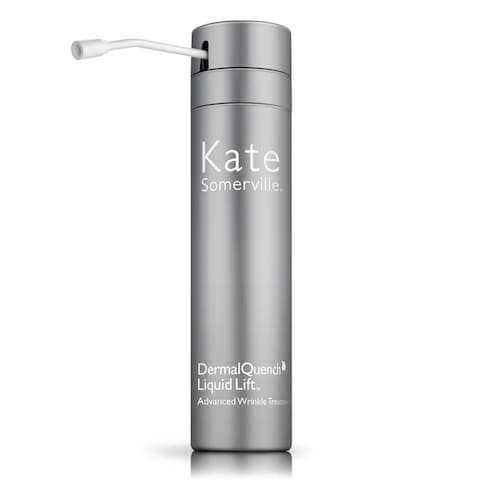
Hailed as LA’s queen of glow, Somerville’s newest serum infuses skin with hyaluronic acid, leaving a dewy, less wrinkled complexion.
Olay Eyes Pro-Retinol Eye Treatment, £19.99 (boots.com)
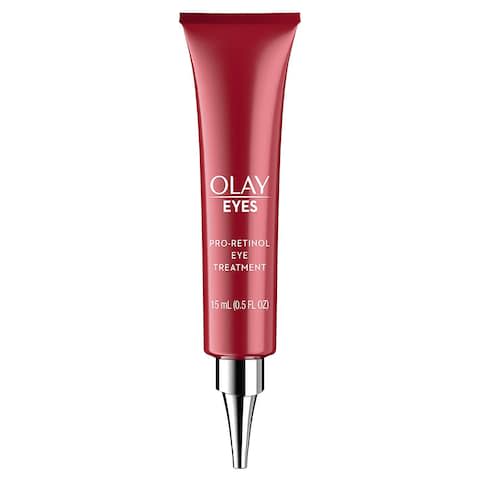
A gentler form of retinol for the eye area, plus two other smart-ageing ingredients, to aid cell turnover.

